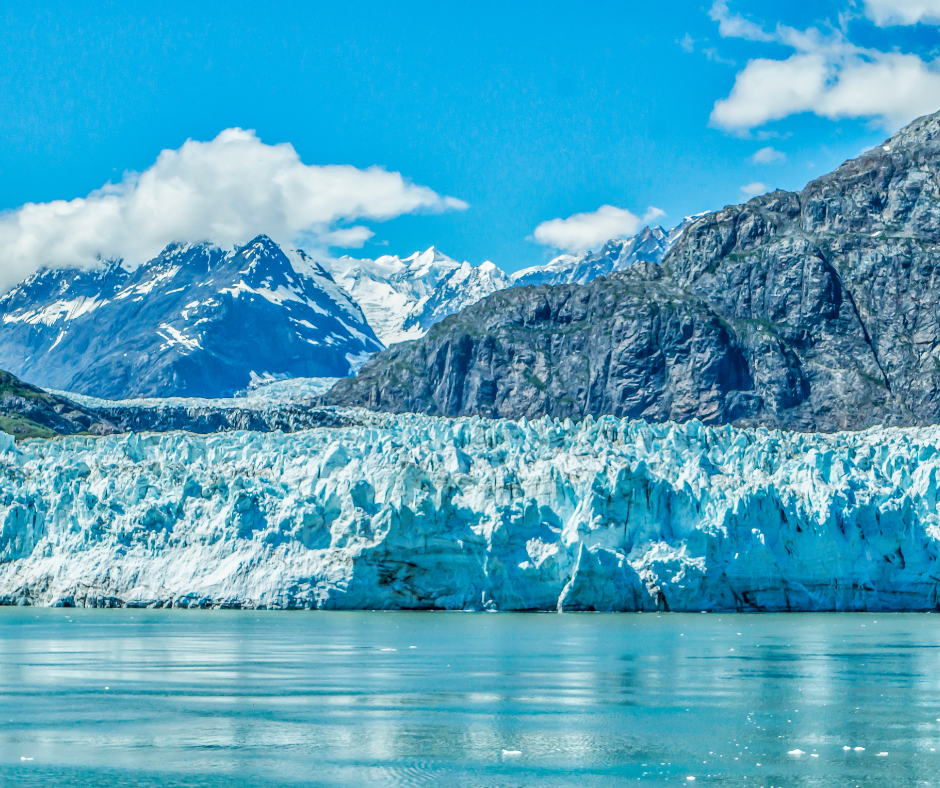Sediments Exposed by Glacier Melt Begin Emitting Greenhouse Gases Over Time
A study conducted by geologists from the University of Florida and the University of Maryland reveals that, as land is exposed by melting glaciers, chemical reactions in the newly uncovered glacial sediments initially suppress greenhouse gas emissions. Over time, however, as the soil matures and microbial activity increases, it begins to produce and release more of these gases. Understanding this timeline is important for climate models predicting long-term effects of past, current, and future loss of glaciers.
While many gases contribute to the greenhouse effect, carbon dioxide and methane are the most abundant, accounting for over 90% of anthropogenic emissions. Along with human activity, these gases are both generated or consumed by natural chemical reactions in soil and water. As atmospheric concentrations of greenhouse gases rise, the Earth warms, thereby accelerating the melting of glaciers globally.
Read more about Sediments Exposed by Glacier Melt Begin Emitting Greenhouse Gases Over Time.
